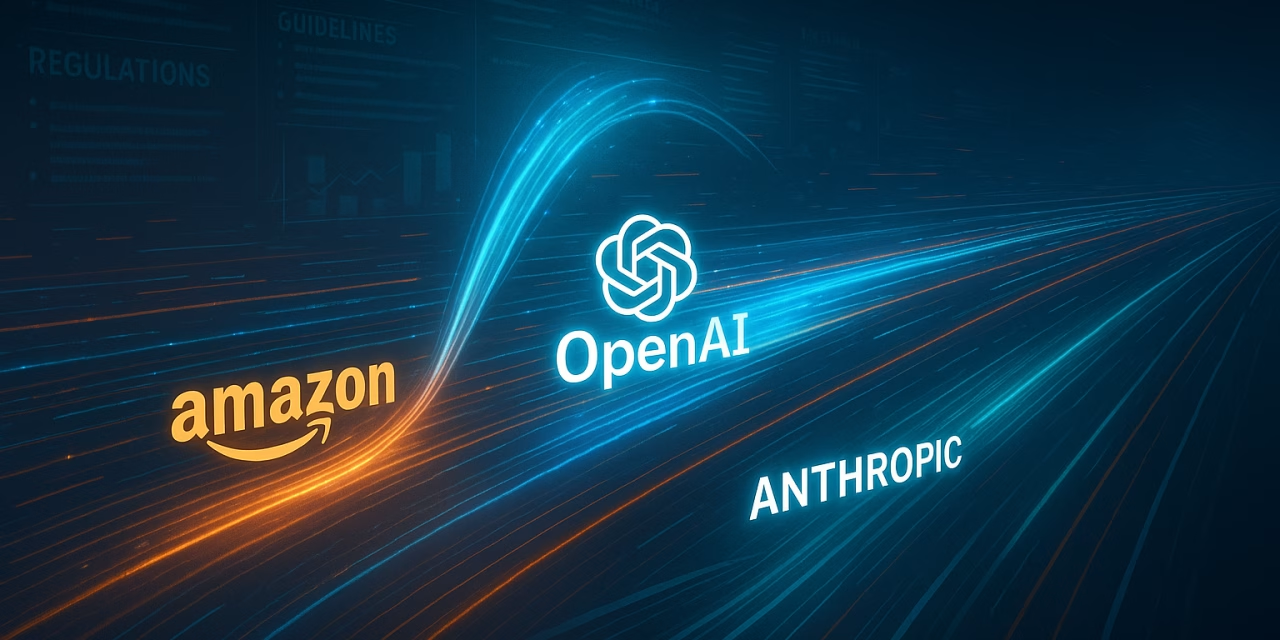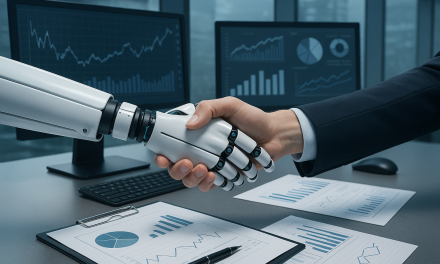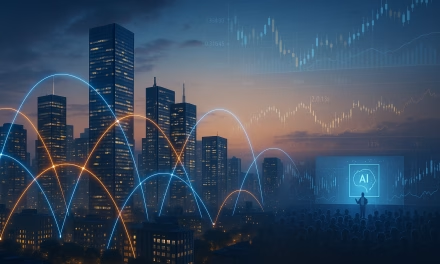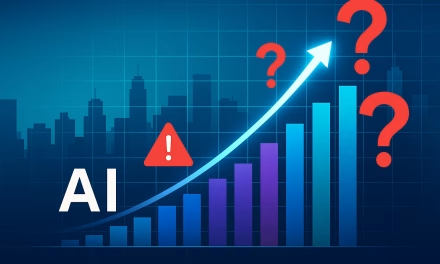July 10, 2025, marks a new phase in the Artificial Intelligence landscape, characterized by an intensifying AI arms race in the business world. This competition is fueled by escalating corporate investments and an expansion into new market battlegrounds, all while an evolving regulatory environment seeks to keep pace.
Breaking news reveals Amazon is reportedly considering another multibillion-dollar investment in AI firm Anthropic, solidifying their strategic partnership. This move underscores the immense capital flowing into AI development as tech giants vie for dominance. In a similar vein, SpaceX has committed $2 billion to Elon Musk’s xAI startup as part of a larger $5 billion equity round, further intensifying the competition with OpenAI and other leading AI research entities.
Beyond direct investment, the competitive landscape is expanding. OpenAI, traditionally known for its foundational AI models, has now entered the browser war, launching capabilities that go beyond traditional search. This signifies a strategic move to integrate AI more deeply into daily user interactions and capture a larger share of the digital ecosystem. Perplexity’s launch of Comet, an AI-powered browser, further highlights this emerging frontier.
However, this rapid expansion is not without its challenges. The European Union has unveiled a code of practice for general purpose artificial intelligence, designed to help thousands of businesses comply with the bloc’s comprehensive AI regulations. This evolving regulatory environment adds a layer of complexity for companies navigating the AI race, demanding careful consideration of ethical guidelines and compliance strategies.
The developments on July 10, 2025, collectively paint a picture of a dynamic and high-stakes AI business environment. Companies are not just investing in AI; they are strategically positioning themselves for future market leadership, while regulators work to ensure responsible development and deployment. The AI arms race is reshaping industries, and its outcomes will define the technological and economic landscape for years to come.





